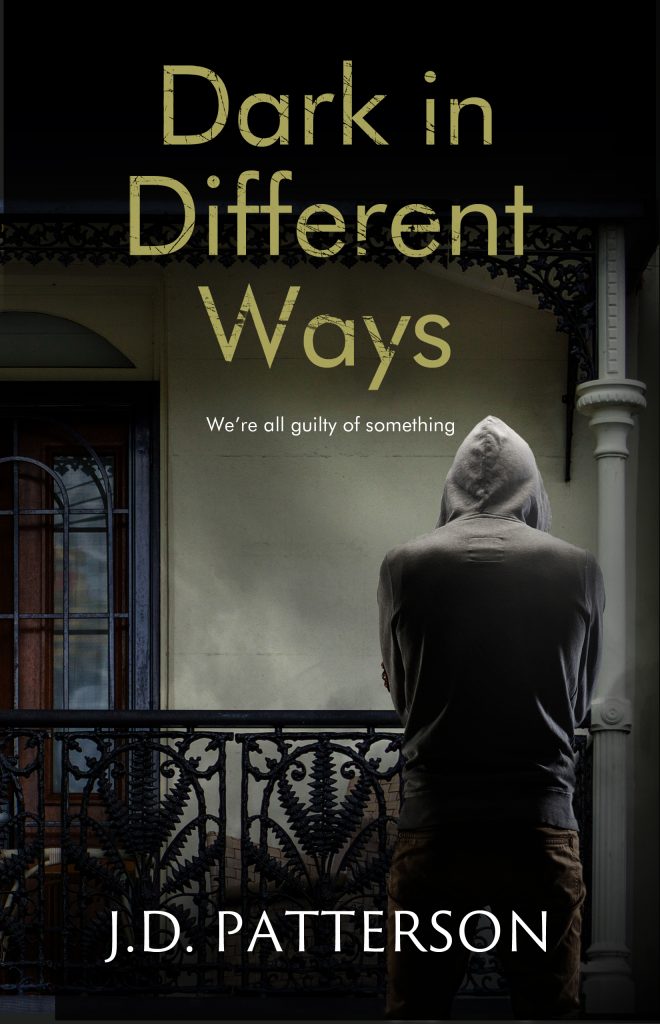
Crime fiction has proved so enduring, I think, because it reflects and comments on the world we recognise. Our nuances, dualities and darker shades can take the form of compelling stories. That is one reason I used real-life events in my novel, Dark in Different Ways.
In February 2004, an Aboriginal teenager, TJ Hickey cycled to visit his mother at her home in inner Sydney. He never made it. Along the way, he crashed his bike and was impaled on a railway fence. The full truth about his death has never been established, but there were police vehicles in the vicinity. Whether they were tailing him, and why, remains a mystery.
A vigil was held for TJ the next day in Redfern, a suburb of Sydney that was then synonymous with the Aboriginal community. The vigil erupted into a riot when police clashed with enraged, alienated youths, with whom they had long-held antagonism. This led to rancorous debate and soul-searching in the media.
These events form the backdrop to my novel. They are interwoven with a fictional narrative about Thom, an aspiring journalist. He becomes fascinated by the case and naively pursues what he hopes is a career-making story. When he attracts the attention of corrupt detective Rob Morton, his new life in a new country unravels dramatically.
Historical events, like the death of TJ Hickey and the riot, have ramifications for people not directly involved. I lived in Sydney myself in the early 2000s and it is a period of my life I remain nostalgic about. I found Australia more complex and more interesting than its breezy, affluent image. Sydney is a diverse, modern, cosmopolitan city and, I think, one of the world’s greatest. However, there is a history of police corruption and much denial about the indigenous population. Such tensions may often be ignored and unacknowledged, but they seep, like oil, into the fabric of the place, eventually exploding.
There are enormous, gaping differentials between Aboriginal Australians and their compatriots. These include health, economic wellbeing and life-expectancy. As a writer, I do not have any solutions to offer. I write fiction, not policy. Still, I can reflect my observations about the time and the place in which my story is set. That is where fact meets fiction.